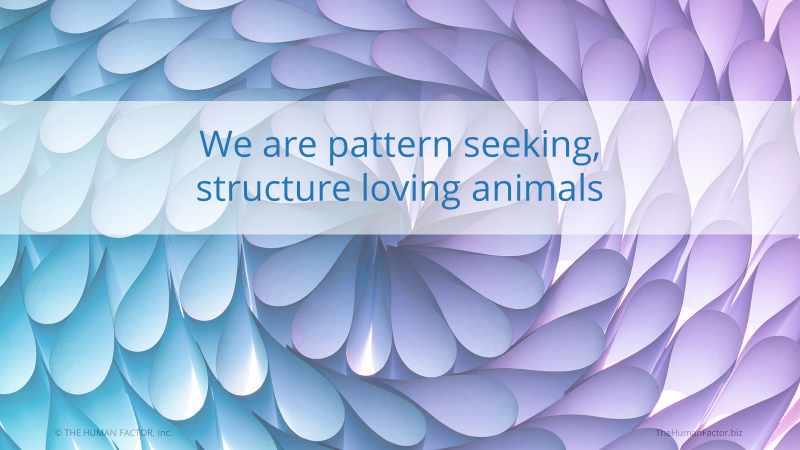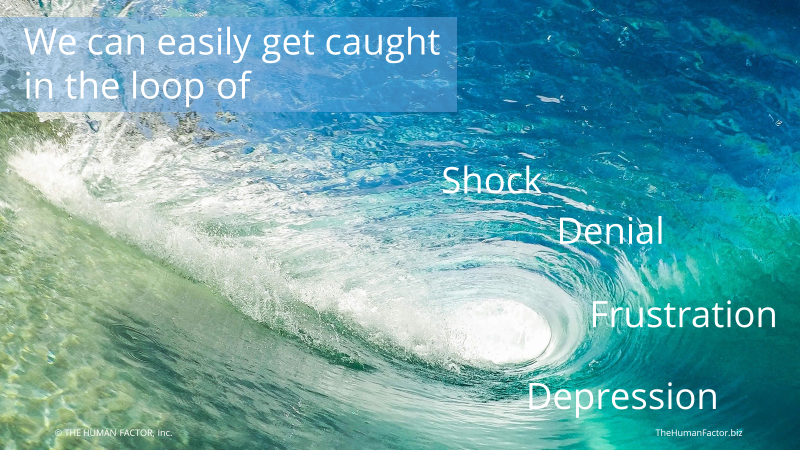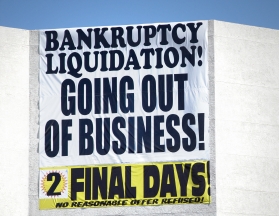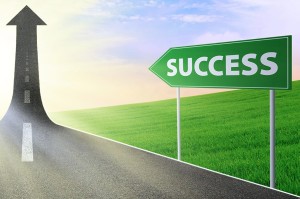
And we can create whole new pathways, new structures and frameworks constantly. This neuroplasticity requires the crucial ingredients of time and intention.
Typically in unexpected change, we go through various phases including:
- Shock | a sudden upsetting or surprising event or experience | “What is this?”
- Denial | looking for evidence it is not true or won’t affect me | “This can’t be true!”
- Frustration or anger | things are different, unfamiliar | “I don’t like it! Here is why it won’t work.”
- Depression or a lack of energy | we withdraw, disconnect | “I am just going to check out and wait. I don’t have to do this.”
- Accept and begin to experiment | we consider new ways, new ideas | “I am going to think about this in a positive way and consider how it can work.”
- Integrate | we work with the new parameters/situation, become more positive | “I am going to do this now (to move forward).”
We are experiencing wave after wave of change tossing us back to the beginning (shock) constantly.
Recognize where you are in these cycles when change happens and help others to recognize where they are in the phases as well.
It is important for us to keep in mind:
| Change is external An event Either anticipated or unanticipated Either chosen or imposed from somewhere else | Transition is internal A personal reaction How we alter behavior & perspective to come to terms with the change |
Develop your and others resilience
 Grow your resilience so you manage through transition even more effectively. Resilient people get the right things done, with a great attitude, and are always focused on continuous improvement without getting worn down by constant changes. They spring back, bend, & adapt to achieve.
Grow your resilience so you manage through transition even more effectively. Resilient people get the right things done, with a great attitude, and are always focused on continuous improvement without getting worn down by constant changes. They spring back, bend, & adapt to achieve.
Resilient people are positive, focused, flexible, organized, and proactive. They:
- Display a sense of security and self-assurance that is based on their view of life as complex but filled with opportunity (positive);
- Have a clear vision of what they want to achieve (focused);
- Demonstrate pliability when responding to uncertainty (flexible);
- Develop structured approaches to managing ambiguity (organized);
- Engage change rather than defend against it (proactive).
These are the characteristics of ‘winners’ in the world of change. Resilient people experience the same fear and apprehension as everyone else when they engage in change. However, they are usually able to maintain their productivity and quality standards as well as their physical and emotional stability while achieving most of their objectives.








